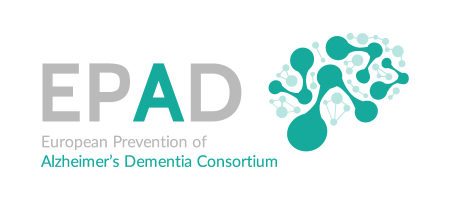“Facilitating clinical use of the Amsterdam Instrumental Activities of Daily Living Questionnaire: Normative data and a diagnostic cutoff value”

Authors: Merel C. Postema, Mark A. Dubbelman, Jürgen Claesen, Craig Ritchie, Merike Verrijp, Leonie Visser, Pieter-Jelle Visser, Marissa D. Zwan, Wiesje M. van der Flier and Sietske A.M. Sikkes
Abstract:
Objective:The Amsterdam Instrumental Activities of Daily Living Questionnaire (A-IADL-Q) is well validated and commonly used to assess difficulties in everyday functioning regarding dementia. To facilitate interpretation and clinical implementation across different European countries, we aim to provide normative data and a diagnostic cutoff for dementia.
Methods: Cross-sectional data from Dutch Brain Research Registry (N = 1,064; mean (M) age = 62 ± 11 year; 69.5% female), European Medial Information Framework-Alzheimer’s Disease 90 + (N = 63; Mage = 92 ± 2 year; 52.4% female), and European Prevention of Alzheimer’s Dementia Longitudinal Cohort Study (N = 247; Mage = 63 ± 7 year; 72.1% female) were used. The generalized additive models for location, scale, and shape framework were used to obtain normative values (Z-scores). The beta distribution was applied, and combinations of age, sex, and educational attainment were modeled. The optimal cutoff for dementia was calculated using area under receiver operating curves (AUC-ROC) and Youden Index, using data from Amsterdam Dementia Cohort (N = 2,511, Mage = 64 ± 8 year, 44.4% female).
Results: The best normative model accounted for a cubic-like decrease of IADL performance with age that was more pronounced in low compared to medium/high educational attainment. The cutoff for dementia was 1.85 standard deviation below the population mean (AUC = 0.97; 95% CI [0.97–0.98]).
Conclusion:We provide regression-based norms for A-IADL-Q and a diagnostic cutoff for dementia, which help improve clinical assessment of IADL performance across European countries.
DOI: https://doi.org/10.1017/S1355617724000031
Published online: 8 March 2024 in the Journal of the International Neuropsychological Society
